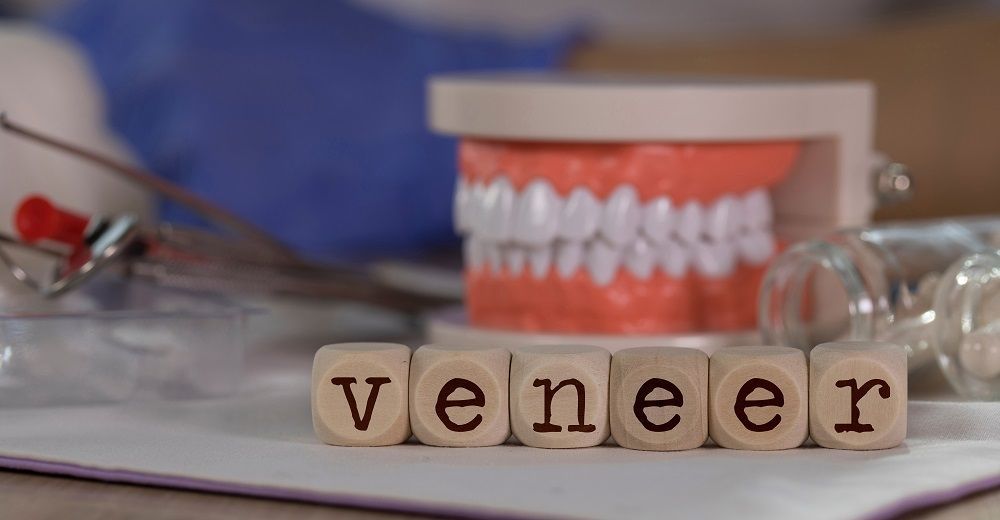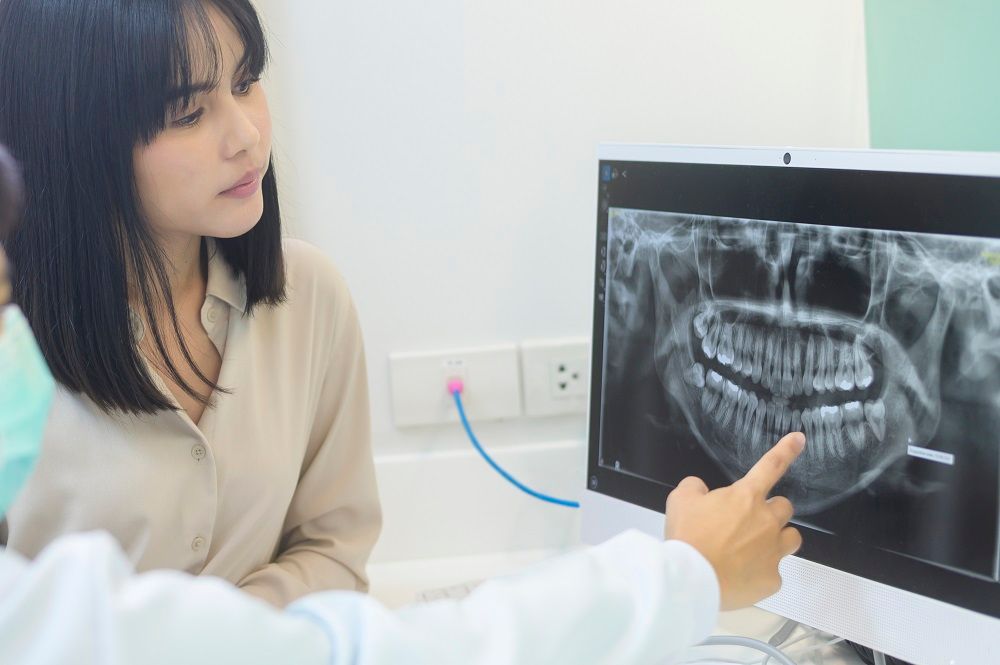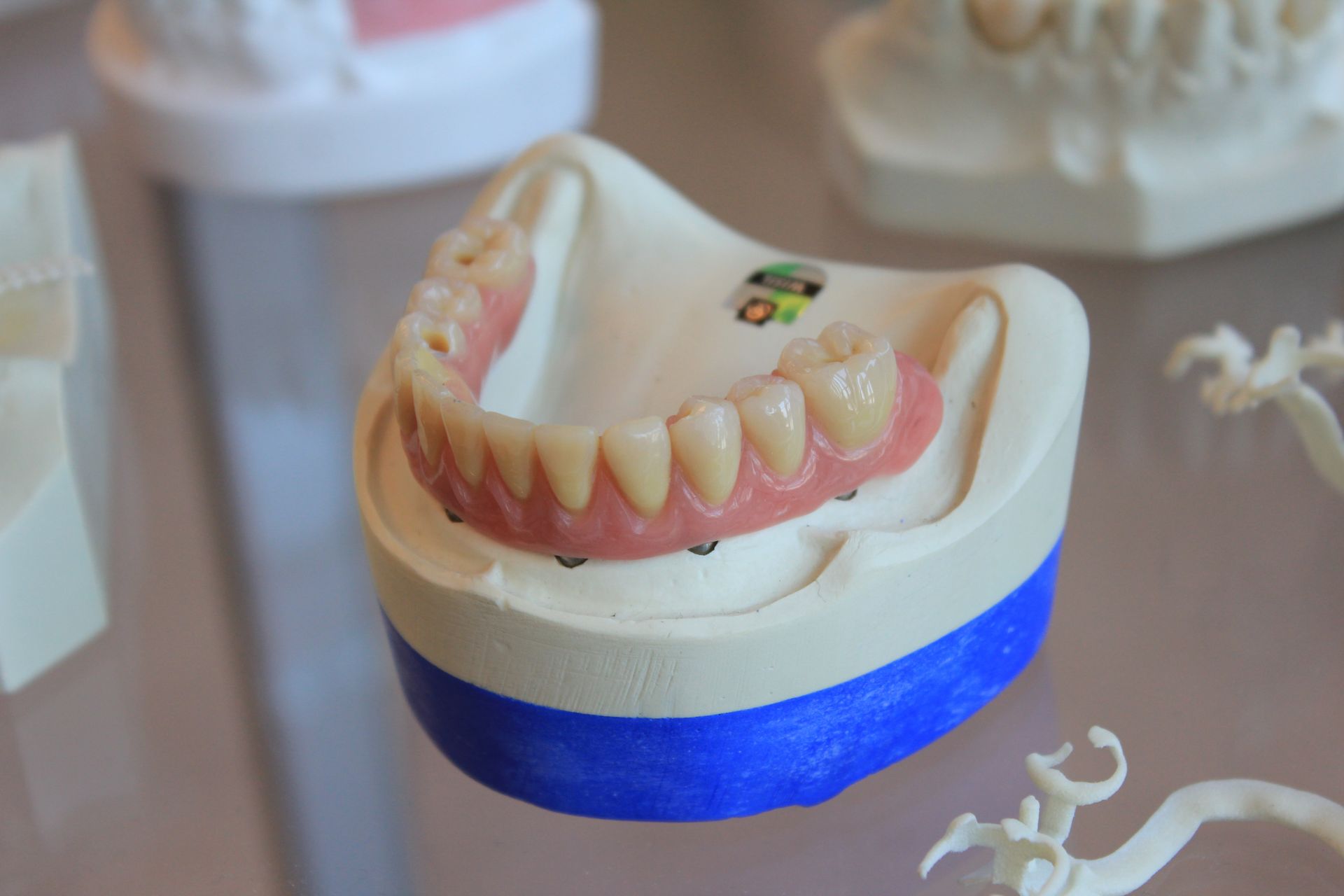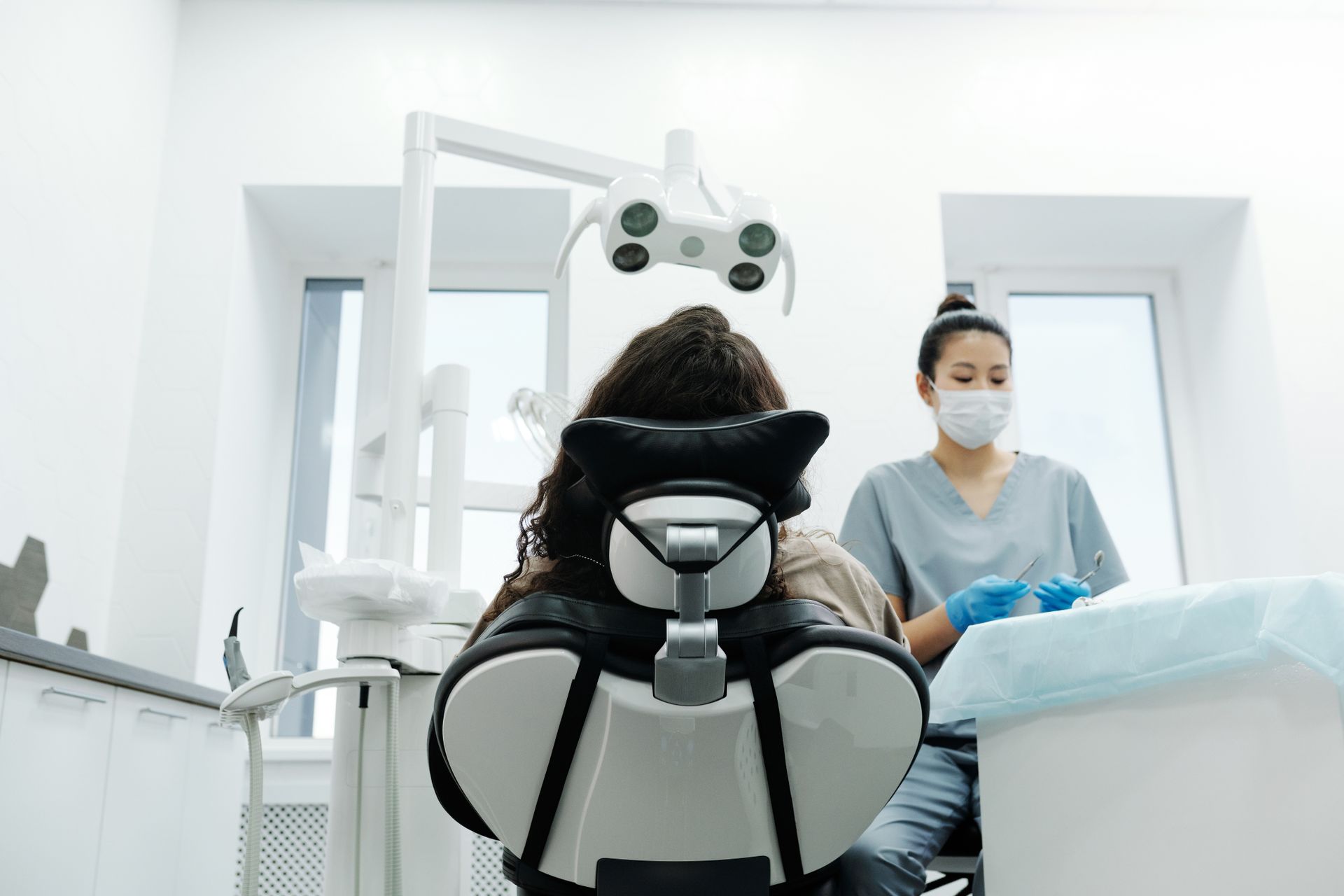What to Expect After Dental Bone Graft?
Dental Bone Graft Process
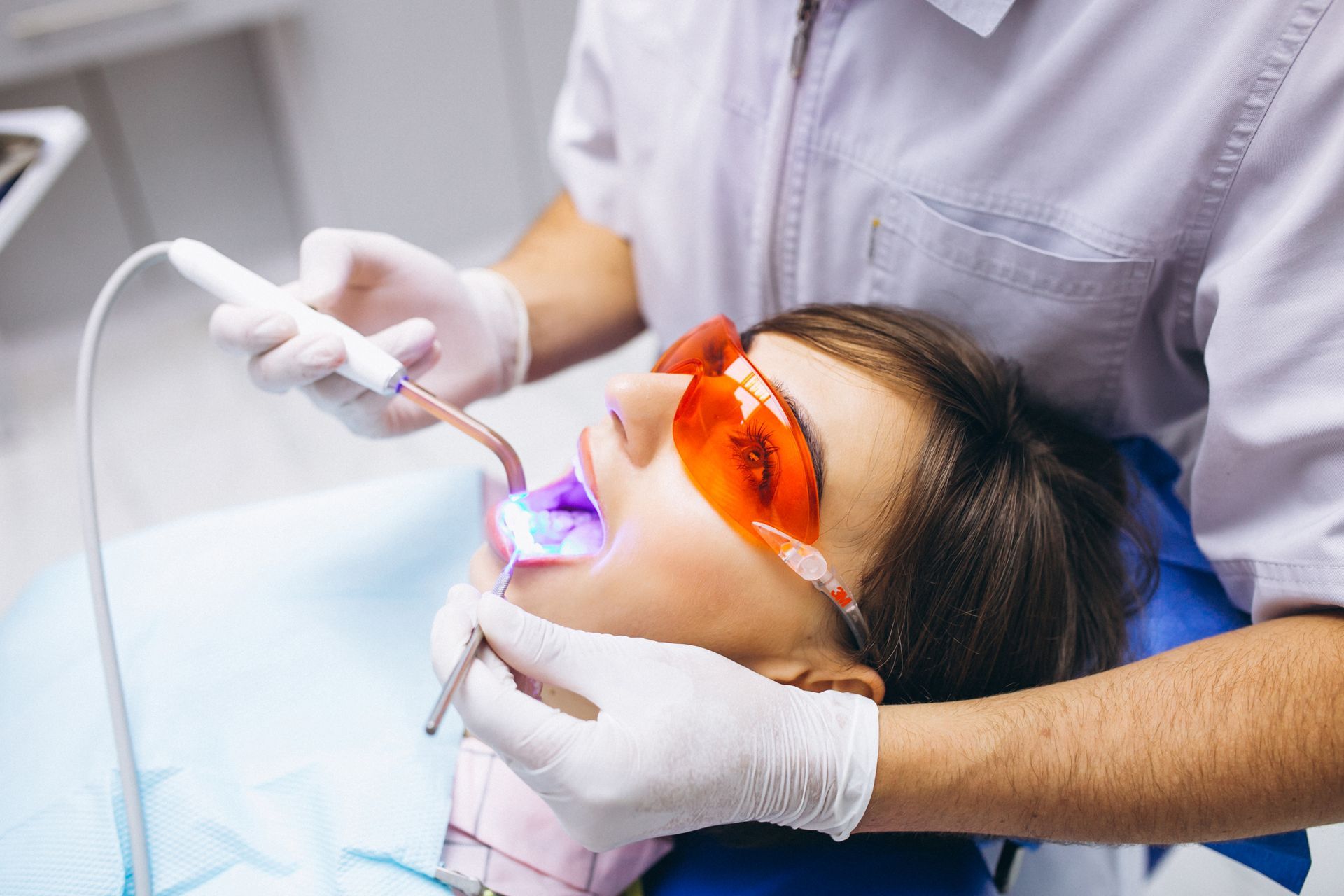
You will need to undergo a bone grafting surgery if your Dentist Coppell has assessed you as a patient needing dental implants. If your jaw bone needs more support to hold the impending implant, bone graftingmay be required.
What to expect after a dental bone graft ? Bone fragments from your jaw or another part of your body are extracted during the bone grafting operation.
A dental bone graft operation may be required for some people before receiving a dental implant. Although "dental bone graft surgery" sounds more like a torture method from the Middle Ages than a dental procedure , it is a relatively frequent method that is minimally invasive and doesn't need much recovery time. Any lost jawbone is replaced during surgery, creating a reliable foundation for the dental implant. What may a patient look forward to after dental bone graft surgery ?
What is a Dental Bone Graft?
Dental bone grafts add volume and density to the jaw in areas of bone loss. Bone graft material can be harvested from your own body (autograft) or obtained from human tissue banks (allograft) or animal tissue banks (xenograft). In some cases, the bone graft material may be synthetic (alloplastic).
How does a Dental Bone Graft work?
Once
the
bone
graft
is
in
place,
it
provides
space
for
your
own
body
to
do
its
repair
work.In
other
words,
a
dental
bone
graft
provides
a
scaffolding
for
your
own
bone
tissue
to
grow
and
regenerate.
It's
something
like
In
some
cases,
dentists
combine
dental
bone
grafts
with
platelet-rich
plasma
(PRP).
It
is
taken
from
a
sample
of
your
own
blood
and
used
to
promote
healing
and
tissue
regeneration.
Who needs a Dental Bone Graft?
People with missing jawbone usually need dental bone grafts. This procedure may be recommended if:
- Are having a tooth extracted.
- A plan to replace missing teeth with dental implants.
- The jaw must be reconstructed before the denture can be fitted.
- There is a site of bone loss due to periodontal disease(periodontal disease).
What level of Pain am I to Expect after Dental Bone Grafting Treatment?
As with any oral surgery, there will be discomfort following the dental bone graft procedure. However, the discomfort ought to be minimal and equivalent to that felt with a tooth extraction. Although small aches and pains are common, your dentistwill recommend anti-inflammatory medication to assist you in reducing your level of discomfort. Try applying ice to the region if you're still in agony.
What can I do to Prevent Bloating?
Your face will undoubtedly enlarge up after a dental bone grafting treatment. Take some action to try to reduce edema in the days following surgery. The easiest way to do this is to ice the face and mouth area, where the procedure was performed at regular intervals for the first two days after surgery. The blood flows into the gum tissues is reduced by applying ice to the affected area. You can promote good healing by reducing bleeding.
Dental Bone Grafting Recovery
You should know what to expect after a dental bone graft. If you're facing a lengthy recovery, you need to know how to prepare yourself in other areas of your life.
How long does a bone graft take to heal?Dental bone graft healing stages include healing your gums from the incision and healing the grafted area. During the healing phase of a bone graft, the incision in your gums heals quickly — usually within a few weeks or sooner. The healing process of bone loss due to tooth extraction will take longer. The area where the graft is applied takes longer to return to normal - sometimes up to nine months.
Dental bone graft recovery, care after a bone graft is primarily about taking care of the incision and being careful about what you eat. Maintaining a high-quality oral care routine will keep your mouth and incision clean. If possible, chew on the side opposite the incision until the incision heals. You also need to be careful tooth extraction bone graft healing and what you eat and chew after the incision has healed to give the graft time to heal.
Dental Bone Graft Healing Stages
The bone graft healing stages experienced after a bone grafting dental procedure which includes:
1. Stitches
Following the procedure, you will be stitched to help pull your tissue over the bone grafting site. To provide structural stability, bone grafting is intended to fill the tissue more than it was before the procedure. You must therefore avoid pulling your cheeks or lips to examine the site. Furthermore, putting too much pressure on the areas can cause the stitches to pull away from the site, exposing the graft, causing unnecessary pain, and delaying healing.
2. Bleeding
You may experience some bleeding following the bone graft procedure. However, you should not be concerned because blood-tinged saliva or light oozing is normal for the first 24 hours. In addition, tea bags, gauze, and tannic acid may be used to help slow or prevent further bleeding.
3. Swelling
Swelling around your gums, teeth, mouth, eyes, cheeks, and sides of your face is common after a dental bone grafting procedure. Swelling is most noticeable within the first 24 to 48 hours and is not cause for concern. Ice packs can be used to reduce swelling and discomfort. It is recommended that you spend at least 30 minutes on the sides of your face.
4. Pain
You will experience some pain following the bone grafting procedure, as with any surgical procedure. It is therefore advised that you begin taking any prescribed medication as soon as the pain or discomfort begins.
It is preferable to manage pain rather than chase it. Antibiotics may also help to prevent the spread of infection. Take the entire prescription, unless there are side effects such as a reaction or a rash. If this occurs, contact your Coppell Dentist
right away.
5. Oral hygiene
Following the bone grafting procedure, it is critical to maintain good oral hygiene in order to promote healing and avoid infection. After bone grafting, your dentist in Coppell, TX
will give you instructions on how to care for your teeth. Beginning the day after surgery, the instructions may include five to six daily warm salty rinses. To avoid disturbing the bone graft, rinsing should be done gently.
After a Dental Bone Graft Procedure, What Can I Eat?
You will need to drastically alter your diet in the days after your dental bone graft surgery. Your diet's precise composition will depend on how extensive the surgical surgery was, so that it may differ in each situation. For a few days after surgery, some patients could be required to eat nothing except cold drinks. Various juices, cold soups, smoothies, and milkshakes may be interpreted as this. Soft foods like mashed potatoes, oatmeal, scrambled eggs, fruit puree, or pudding can only be served to some people at room temperature. Avoid eating anything that requires chewing is the main goal.
Everyone who has dental bone transplant surgery will need to make one exception: refrain from eating crunchy, sharp, or hard foods for a few weeks after the procedure. It prevents anything from getting stuck in the bone graft before and after site.
After Surgery, How Should I Sleep?
Patients are instructed to exclusively sleep on their backs after surgery, with their heads raised with pillows. In order to reduce swelling and blood pooling at the site of the bone graft, this is done. If sleeping on your back is impossible, at the very least, stay away from sleeping on the part of the body where the surgery was performed.
Do Bone Grafts Always Need to Be Done Before Dental Implants?
Bone grafts are not suitable for everyone. It's not always required to perform dental bone grafting before placing a dental implant. It is why it's crucial to always make an appointment for a personal consultation with your dentist before deciding to invest in this procedure or bone graft dental implant. A comprehensive examination will reveal this if you require bone grafting.
Conclusion
The bone loss brought on by broken or missing teeth can significantly impact how you can function in daily life. Speaking, swallowing, chewing, and even smiling could be difficult for you. Thankfully, there are efficient methods that may give you a new set of teeth to enjoy life with while also assisting in the growth of your mouth and strengthening the integrity of your teeth.
It will be more difficult to administer treatment the longer you put off dealing with these grave problems. Call us at (469) 451-5020 to make an appointment with a bone grafting dentist Coppell if you think you could be a good candidate for a bone grafting operation.
Coppell and Irving Smiles By Design Dental provides the best and latest in dental technology and treatment options.
FEATURED SERVICES
OPENING HOURS
- Mon, Wed
- -
- Tue, Thu
- Appointment Only
- Friday
- -
- Saturday
- -
- Sunday
- Closed

